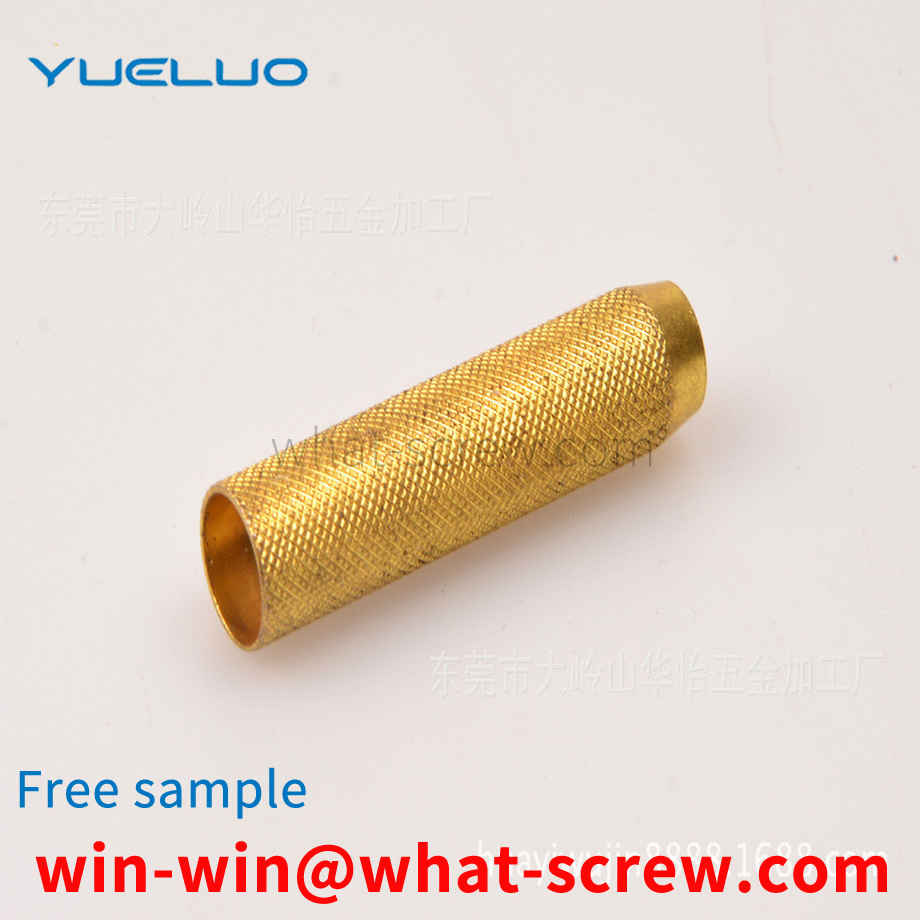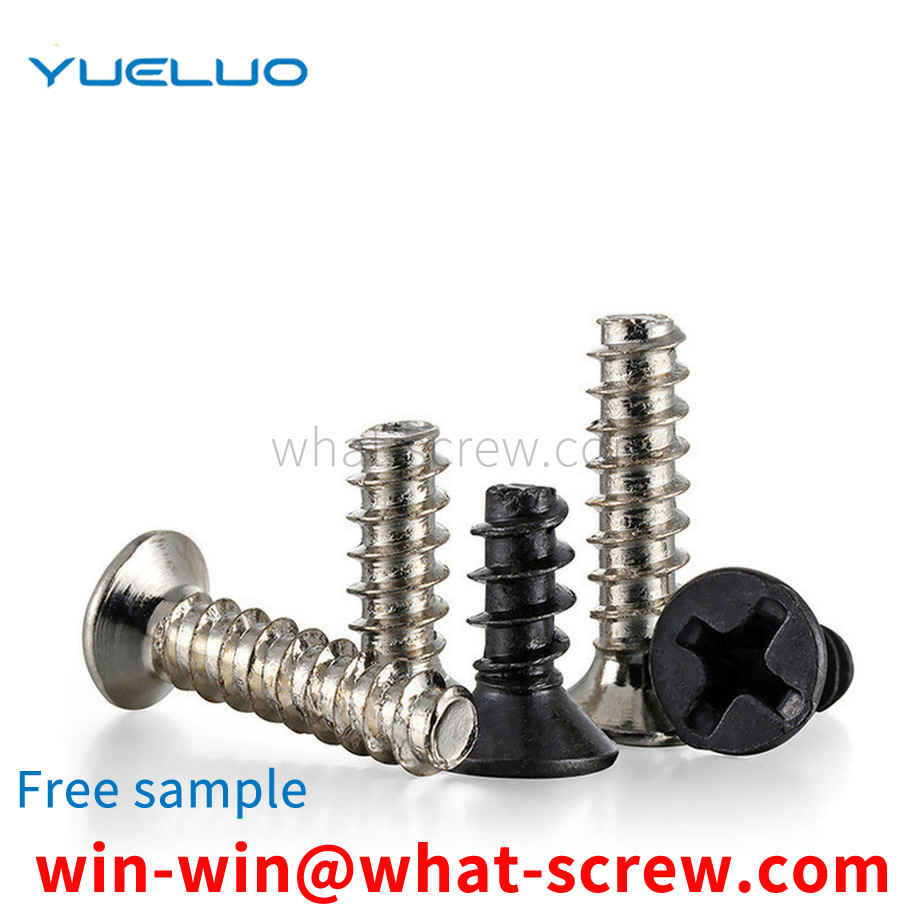Due to its convenient operation, quick-release screws are widely used in aviation recording equipment, such as the operation panel on the central console of the aircraft, the upper operation panel, etc. However, the assembly of quick-release screws needs to be assembled in sequence. Springs and quick-release screw rods, usually the quick-release screw crimping tools provided by external suppliers can only crimp some small-sized quick-release screws, or custom-made quick-release screw crimping tools for a certain product, time and cost are very high, so it is necessary to design a quick-release screw assembly device for general aviation airborne equipment.
Pins are frequently used parts in the machinery industry, especially in the mold manufacturing industry. With the development of the mold industry, the precision of mold manufacturing and assembly is getting higher and higher, and people are increasingly pursuing high-quality and close molds. Every detail on the mold is constantly improving, and the high-frequency use of the pins forces people to find a safer, simpler and more reliable way to disassemble and assemble.
The advantage of wood screws is that the consolidation ability is stronger than that of nails, and they can be removed and replaced, which is more convenient to use without damaging the wood surface. This is a kind of nail specially designed for wood, and after entering the wood, it will be embedded in it very firmly. If the wood is not damaged, it is impossible to pull it out, and even if it is pulled out forcibly, it will bring out the nearby wood. Another point to note is that the wood screws must be screwed in with a screwdriver. Never knock them in with a hammer, as it will damage the surrounding wood. A screwdriver is a tool for loading and unloading wood screws. The shape matches the groove shape of the wood screw head, and there are two types: one-word and cross-shaped. In addition, there is a special screwdriver installed on the bow drill, which is suitable for loading and unloading large wood screws. Convenient and labor-saving. [2]
Washers are common parts that are annular or annular after compression. The existing standard washers include flat washers, spring washers, serrated lock washers, saddle washers, etc. The end faces are mostly flat or flat after compression. , so it is in surface contact with the workpiece. Generally, after the two workpieces are locked by washers, bolts and nuts, the workpieces cannot move in any direction, so as to achieve the purpose of tightening the two workpieces. In actual production, some workpieces are still required to be properly translated in a certain direction after locking. In order to achieve this requirement, the usual practice is to open a waist-shaped hole on the workpiece that needs to be moved, and the zigzag-shaped bushing is fitted with a flat washer after passing through the waist-shaped hole, as shown in FIG. The edge of the hole is located in the space enclosed by the bushing and the flat washer, and a gap is formed between the workpiece and the bushing and the flat washer, so that even if the bolt passes through the flat washer, the bushing and the workpiece in turn, it is threaded and locked with the nut. tight, the workpiece can still translate along the length of its girdle hole. Obviously, this method can achieve the requirement of proper translation of the workpiece, but the following deficiencies can still be found in the actual assembly. First, before locking, the bushing, washer and workpiece are separated from each other, so it is more inconvenient to assemble; secondly, the lining is The separation structure of the sleeve and the gasket is inconvenient to manage, and the disassembled gasket and bushing are easy to lose and affect the use again.
rivet is a nail-shaped object with a cap on one end: in riveting, the riveted parts are connected by their own deformation or interference. There are many types of rivets, and they are informal. Commonly used are semi-circular head, flat head, semi-hollow rivet, solid rivet, countersunk head rivet, blind rivet, hollow rivet, which usually use their own deformation to connect the riveted parts. Generally, cold riveting is used for those smaller than 8 mm, and hot riveting is used for larger ones. But there are exceptions, such as the nameplate on the three-ring lock, which is riveted by the interference between the rivet and the lock body hole. In addition, there are paired rivets, which are special. Divided into two parts, the thicker section of the rod with a cap has a hole in the center, and the other section of the rod with a cap is an interference fit. When riveting, drive the thin rod into the thick rod. Most of the existing rivets are connected by overall deformation to achieve mutual cooperation. In the ultra-fine-pitch display screen, the rivets used to fix the ultra-fine-pitch display screen have a slender diameter. If they are fixed by overall deformation, they are prone to bending and breaking. and other phenomena, the tightening effect is not good or there is no tightening effect, which damages the components, increases the cost, and wastes time and resources.
We have many years of experience in the production and sales of screws, nuts, flat washers, etc. The main products are: anti-thread flat head screws, star-shaped hand-tightened nuts, machine bolts, open spring washers and other products, we can provide you with suitable fastening for you. piece solution.



















 Service Hotline
Service Hotline




